Doctors at the National Children's Hospital instruct on proper first aid for burns in children.
Soup burns are one of the most common burn accidents in children, however delayed and improper first aid still often occurs.
The Burn Unit, Orthopedic Department, National Children's Hospital has just received treatment for a 12-month-old girl (from Bac Ninh ) who was burned by soup. The family said that the child fell into a bowl of hot soup while the family was preparing dinner, resulting in burns to the head, shoulder and right arm.
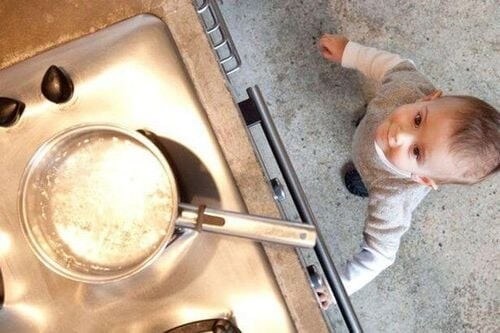 |
| Illustration photo. |
Immediately after that, the family panicked and took the child to a local herbalist for treatment. Here, the child was given python fat to apply on the burn, which resulted in the child's burn becoming more severe.
On the second day after the burn, the child had a fever and was taken by his family to the National Children's Hospital for examination and treatment. At the Burn Unit - Orthopedics Department, through clinical and paraclinical examination, the child was diagnosed with second and third degree broth burns (10%) on the head, shoulder, and right arm.
The children are scheduled for daily check-ups and wound care, with bandages changed. At the same time, doctors and nurses also advise on a nutritional regimen to help the children improve their health and recover quickly. The children are currently in stable health and have been discharged from the hospital.
Doctor Phung Cong Sang, Head of the Burn Unit, Deputy Head of the Orthopedic Department, National Children's Hospital, said that soup burns are similar to boiling water burns, which are thermal burns that occur when exposed to hot soup over 500C. However, the risk of infection in the burn area is higher than boiling water burns.
In particularly severe cases, these burns can be life-threatening to children. The severity of a soup burn injury depends on factors such as: temperature; length of skin contact; area of the soup burn and location of the burn, etc.
Therefore, if not treated quickly and properly from the beginning when burned, the damaged skin area is at risk of deeper burns and infection.
In the case of the above child, applying python fat to the burn will make the child feel more comfortable for the superficial burn area. As for the deep burn area, applying python fat is not effective for early treatment but also has the risk of causing infection, increasing the depth of the burn, making the child's condition worse.
First aid for soup burns is similar to that for other types of thermal burns. The goals of initial first aid are to relieve pain, maintain hygiene, and prevent infection.
Therefore, when a child is burned by soup, parents first need to isolate the child from the cause of the burn, and soak the burned part (hands, feet) in clean, cool water (from 16 to 20 degrees Celsius, best within the first 30 minutes after the burn). If the child is burned on the face, use a soft wet towel to cover it.
If the burn area is large, pay attention to keeping the child warm in the unburned areas (absolutely do not use ice to avoid frostbite).
Do not rub oil, toothpaste, eggs, snake fat, fish oil, or apply leaves, etc. on the burned skin because it can easily cause infection. After first aid for burns, take the child to the nearest medical facility for examination and timely treatment.
To effectively prevent burn accidents and limit unfortunate risks that may occur to children, parents should note the following: Children should not be allowed to play in places where cooking is taking place or near power sources, electrical wires, and electrical outlets; hot food, drinks, flammable objects such as gasoline, oil, alcohol, matches, etc. must be kept in a safe place and out of reach of children; when looking after children, adults need to have close and regular supervision.
Source: https://baodautu.vn/bac-sy-benh-vien-nhi-trung-uong-huong-dan-so-cuu-dung-cach-khi-tre-bi-bong-d222617.html


![[Photo] Prime Minister Pham Minh Chinh meets with South African President Matamela Cyril Ramaphosa](https://vphoto.vietnam.vn/thumb/1200x675/vietnam/resource/IMAGE/2025/10/23/1761226081024_dsc-9845-jpg.webp)

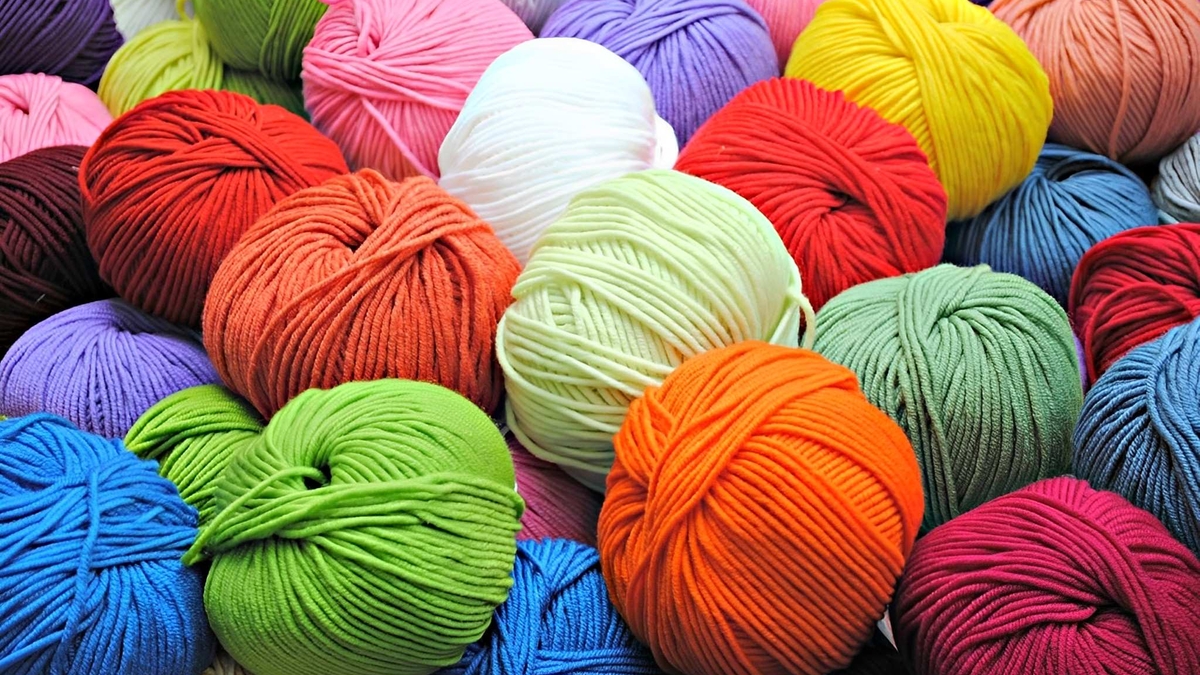

![[Photo] President Luong Cuong holds talks with South African President Matamela Cyril Ramaphosa](https://vphoto.vietnam.vn/thumb/1200x675/vietnam/resource/IMAGE/2025/10/23/1761221878741_ndo_br_1-8416-jpg.webp)
![[Photo] Prime Minister Pham Minh Chinh chairs meeting on railway projects](https://vphoto.vietnam.vn/thumb/1200x675/vietnam/resource/IMAGE/2025/10/23/1761206277171_dsc-9703-jpg.webp)
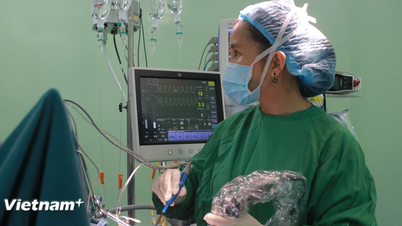

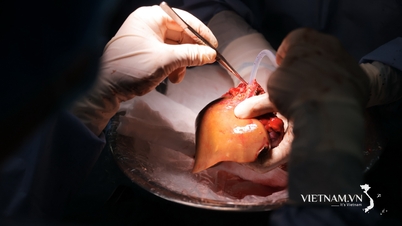





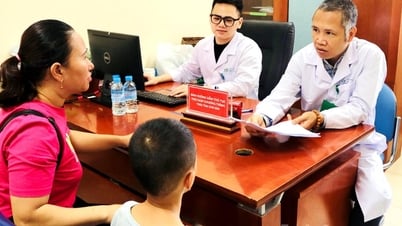

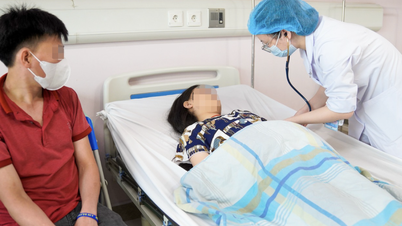



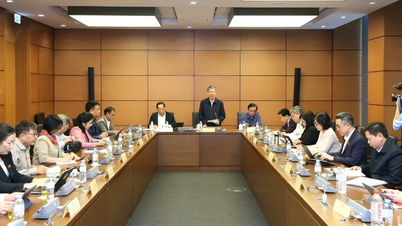

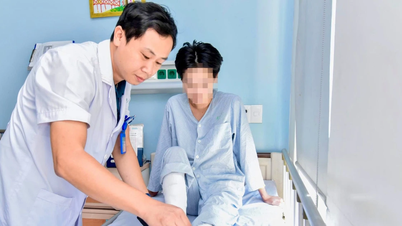

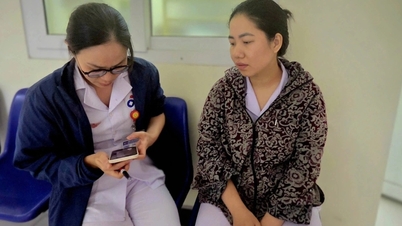
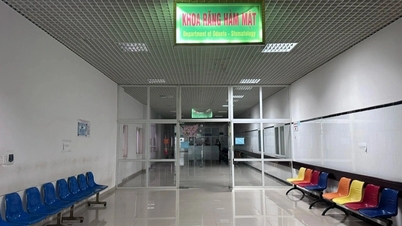




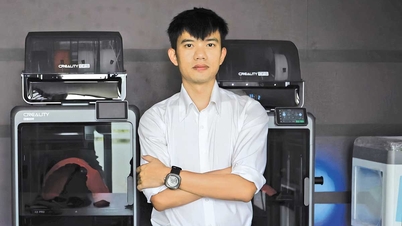


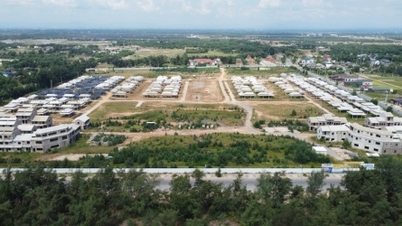

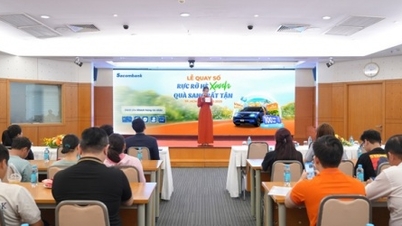
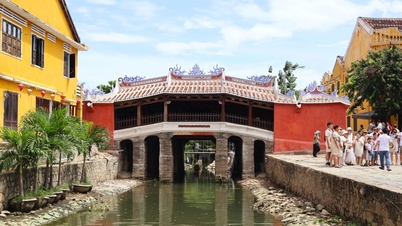


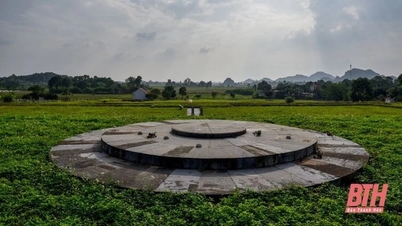





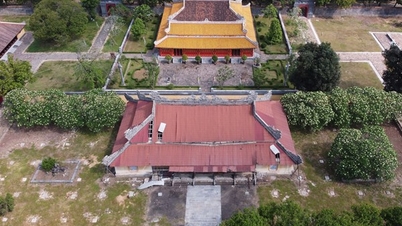


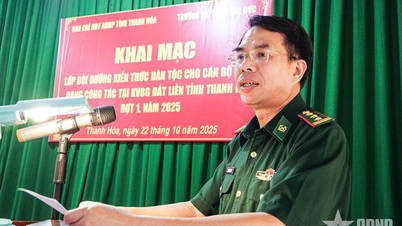





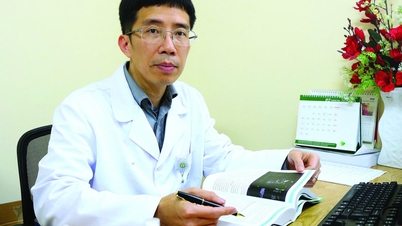





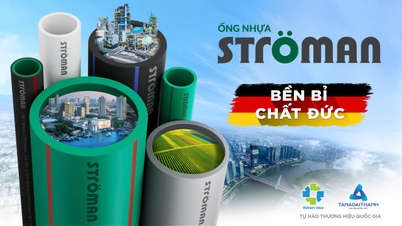







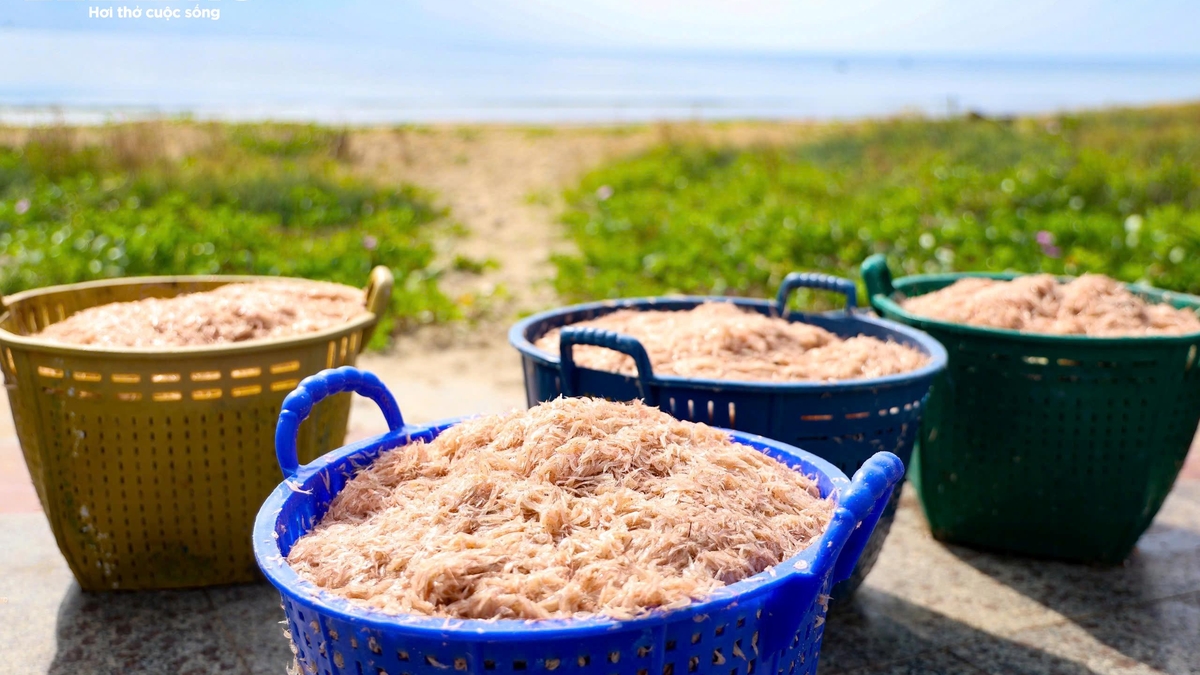


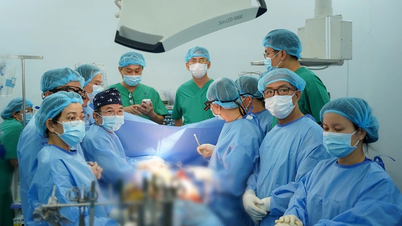




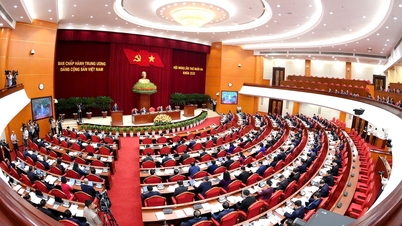



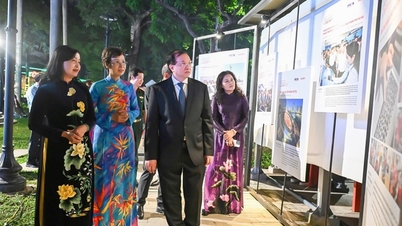
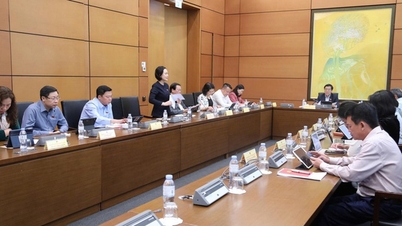
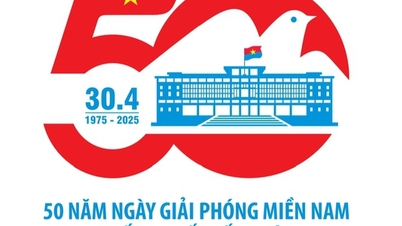
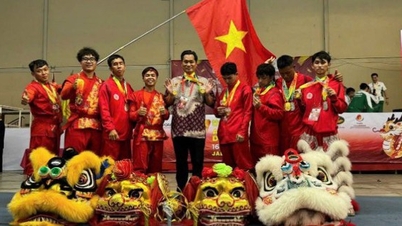


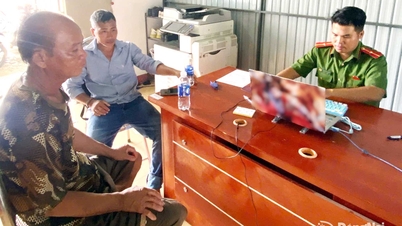


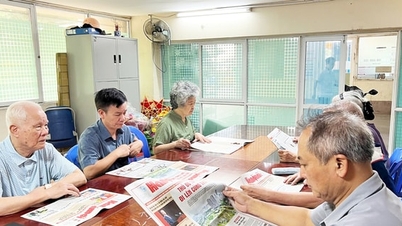



















Comment (0)